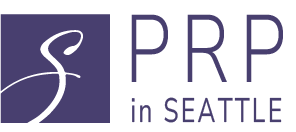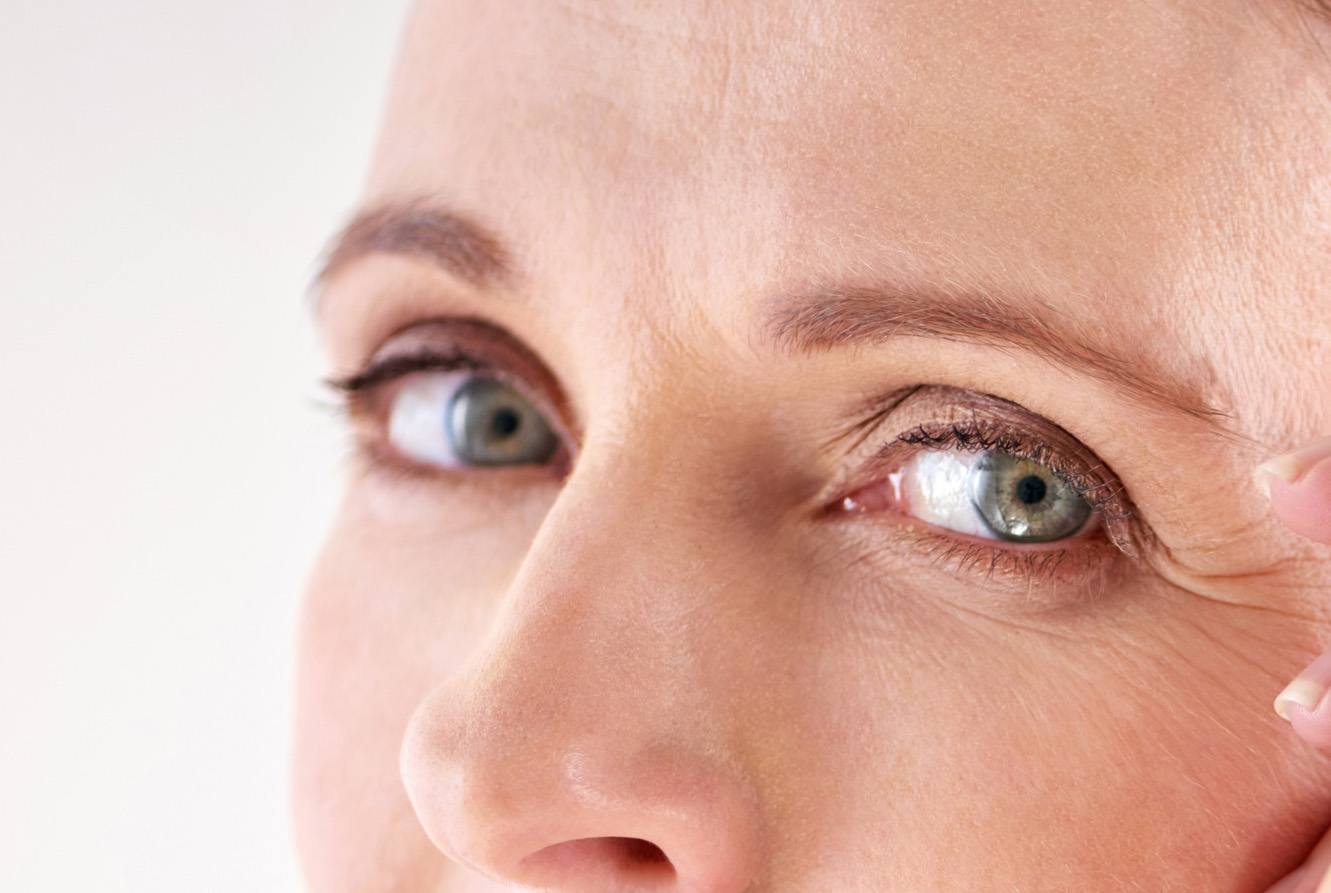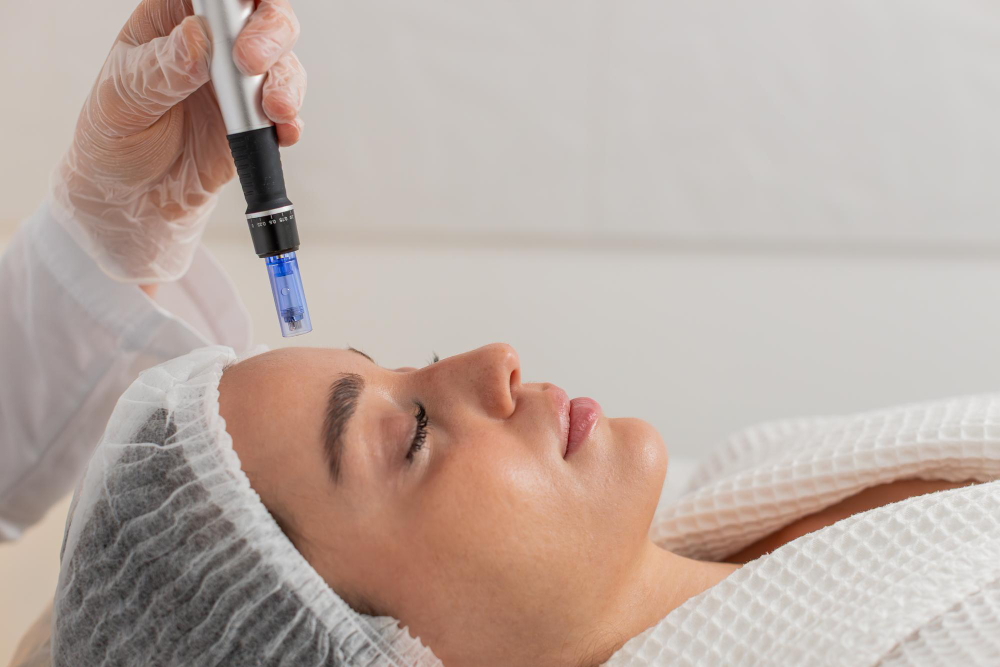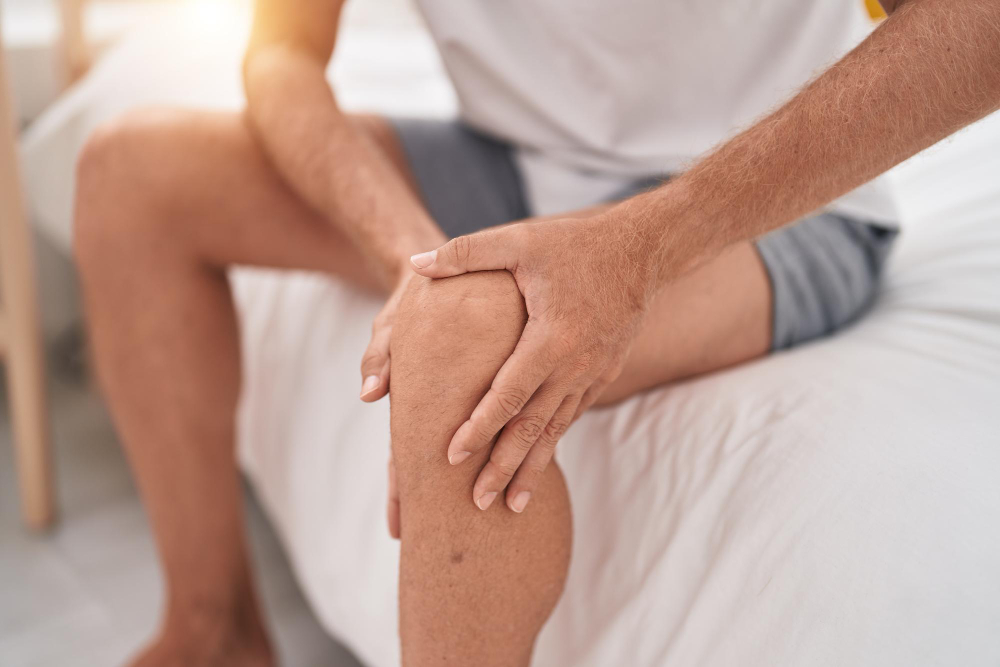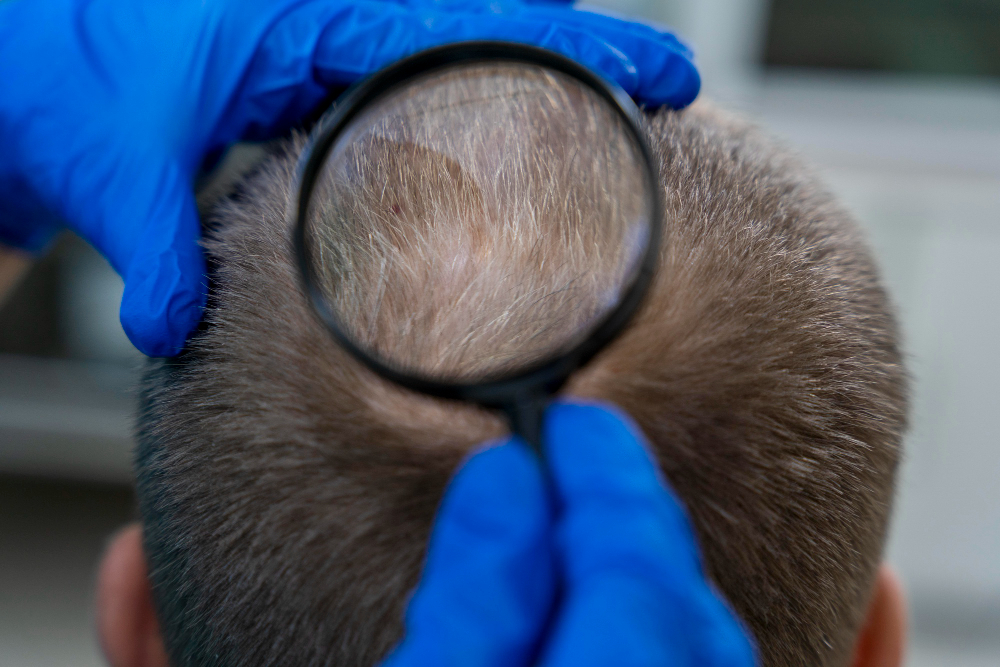Persistent knee discomfort can make everyday activities, from commuting on Metro buses to weekend hikes, feel increasingly difficult. Steroid injections have long been used to manage these symptoms, but their temporary nature leaves some patients looking…
When it comes to advanced skin rejuvenation treatments, the debate between PRP with microneedling Seattle and traditional microneedling continues to evolve. Both treatments offer remarkable benefits for improving skin texture, reducing scars, and combating signs of aging.…
Introduction: Understanding Gender-Specific Hair Loss Treatment Hair loss affects millions of Americans, but the way it manifests—and how we treat it—differs significantly between men and women. If you're considering PRP hair restoration treatment, understanding these gender-specific…
Introduction: The Revolutionary Alternative to Traditional BBL The Brazilian Butt Lift has become one of the most sought-after cosmetic procedures in recent years. However, not everyone desires or qualifies for the traditional surgical approach. Enter the…
Tendonitis is one of those frustrating injuries that lingers—whether it’s your elbow, shoulder, knee, or ankle. Traditional treatments like rest, anti-inflammatory medications, or physical therapy often bring temporary relief but may not solve the root problem.…
If you’re exploring the best way to elevate your skin’s health and glow, you’ve likely encountered two very different approaches: the relaxing spa-standard facial, and the advanced regenerative therapy — commonly called PRP combo therapy —…
